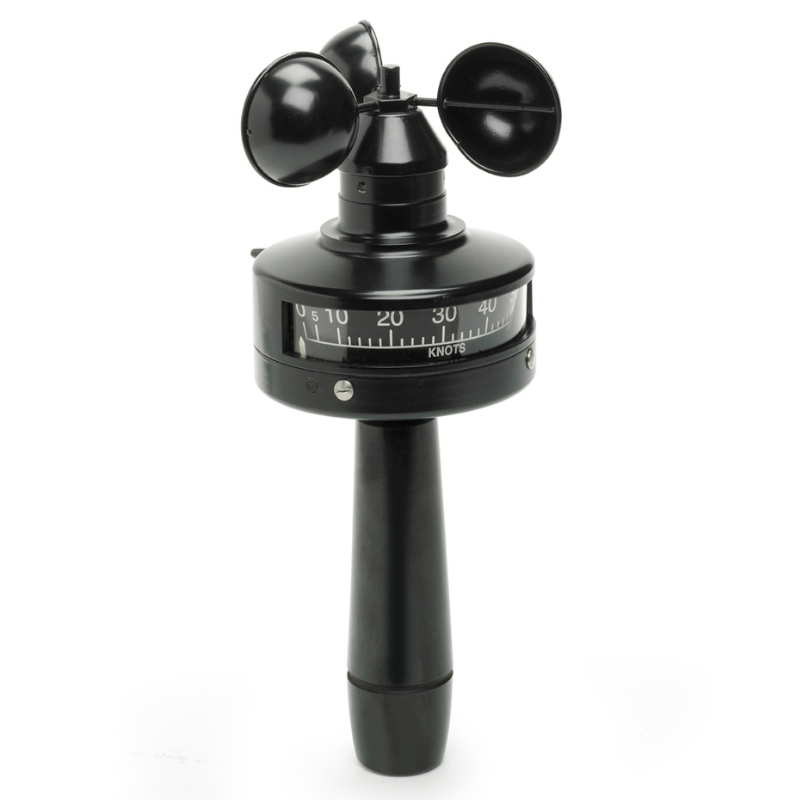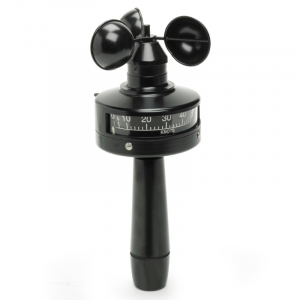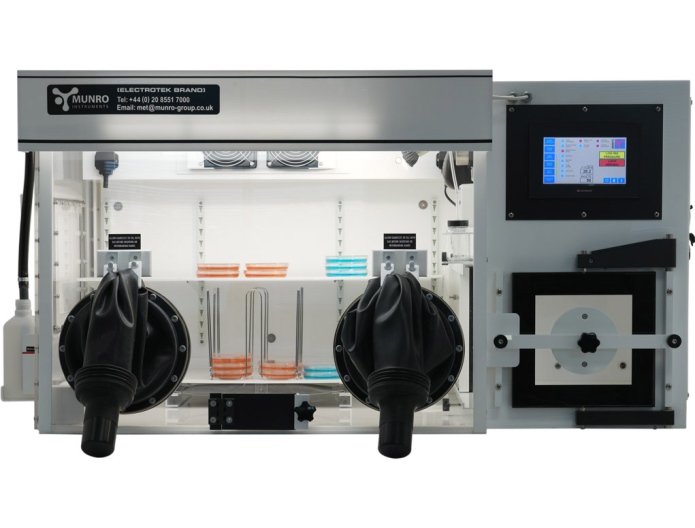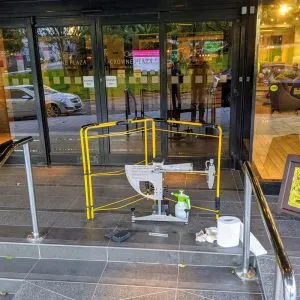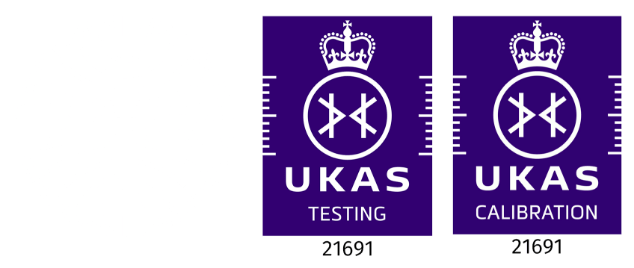General instructions for working with Industrial Wind Speed Sensors
Steps to Use Industrial Wind Speed Sensors
- Installation
Proper installation is key to obtaining accurate measurements.- Select the Right Location: Place the sensor at a height and position where it can freely capture wind flow, avoiding obstructions like buildings or trees.
- Mount Securely: Use a stable mounting system to prevent vibrations or tilting, which can distort data.
- Calibration
- Most sensors come pre-calibrated, but periodic recalibration ensures accuracy.
- Follow the manufacturer’s guidelines to align the sensor with standard wind speed references.
- Connection to Monitoring Systems
- Connect the sensor to a data logger or monitoring software for real-time data analysis.
- Ensure compatibility with industrial systems like SCADA (Supervisory Control and Data Acquisition) for seamless integration.
- Data Interpretation
- Understand the units of measurement, typically in meters per second (m/s) or miles per hour (mph).
- Use historical and real-time data to identify trends, especially in applications like wind turbine efficiency and safety monitoring.
- Maintenance
Regular maintenance ensures longevity and accuracy:- Inspect Components: Check for dirt, debris, or damage that might impair performance.
- Replace Worn Parts: Bearings and moving parts, especially in cup anemometers, may require replacement over time.
- Firmware Updates: For electronic sensors, keep software and firmware up-to-date.
Applications in Industry
Wind speed sensors are used across multiple industries:
- Energy Sector: Optimize wind turbines by measuring wind speeds at different altitudes.
- Construction: Monitor wind conditions to ensure worker safety during crane operations.
- Transportation: Aid in navigation and safety in maritime and aviation sectors.
- Environmental Monitoring: Track weather patterns and predict storm conditions.
Tips for Optimal Use
- Choose a sensor with the appropriate sensitivity for your application.
- Consider weatherproof and durable models for harsh industrial environments.
- Use redundancy—deploy multiple sensors in critical areas to cross-verify data.
This article is written in general terms. Follow the manufacturer’s instructions

